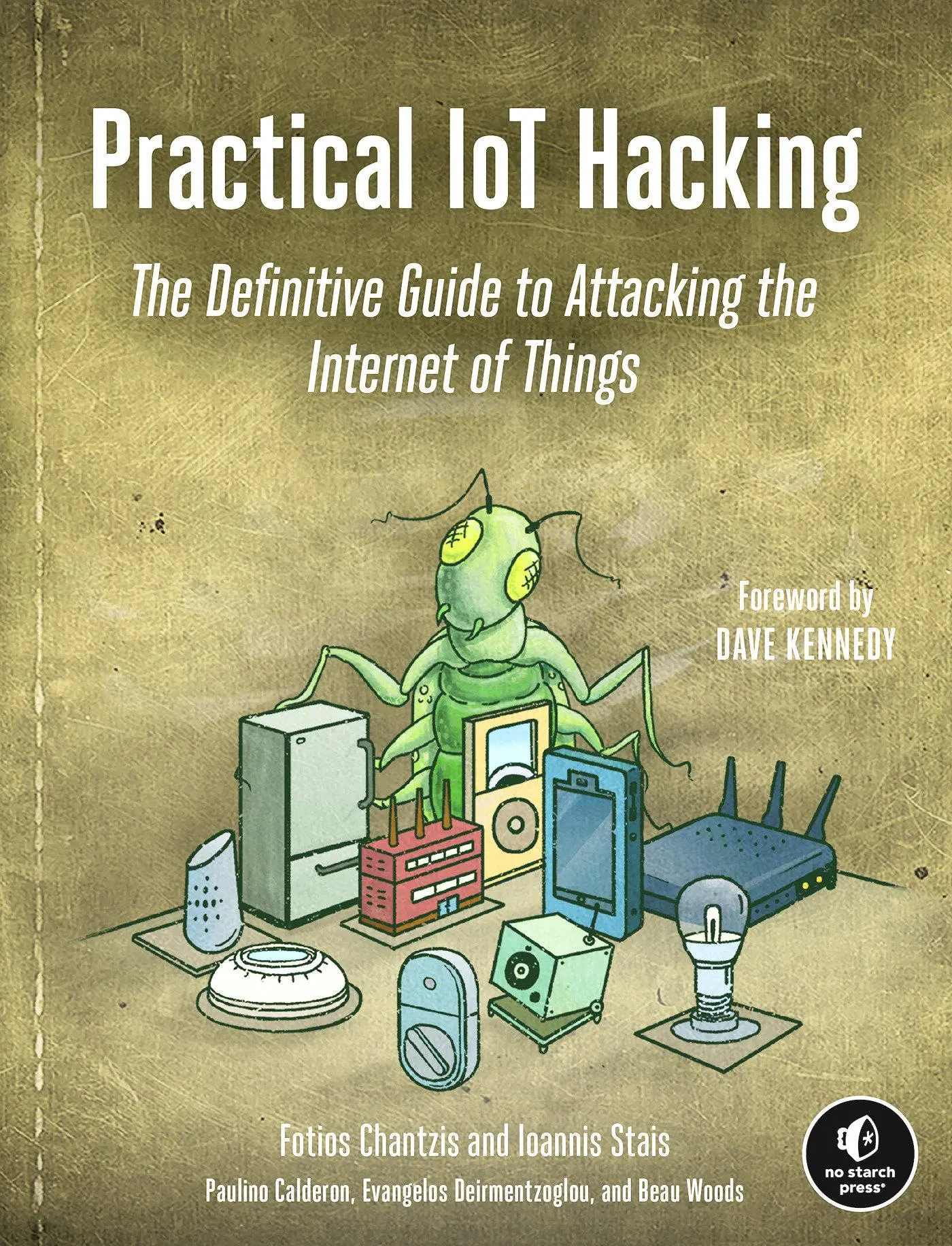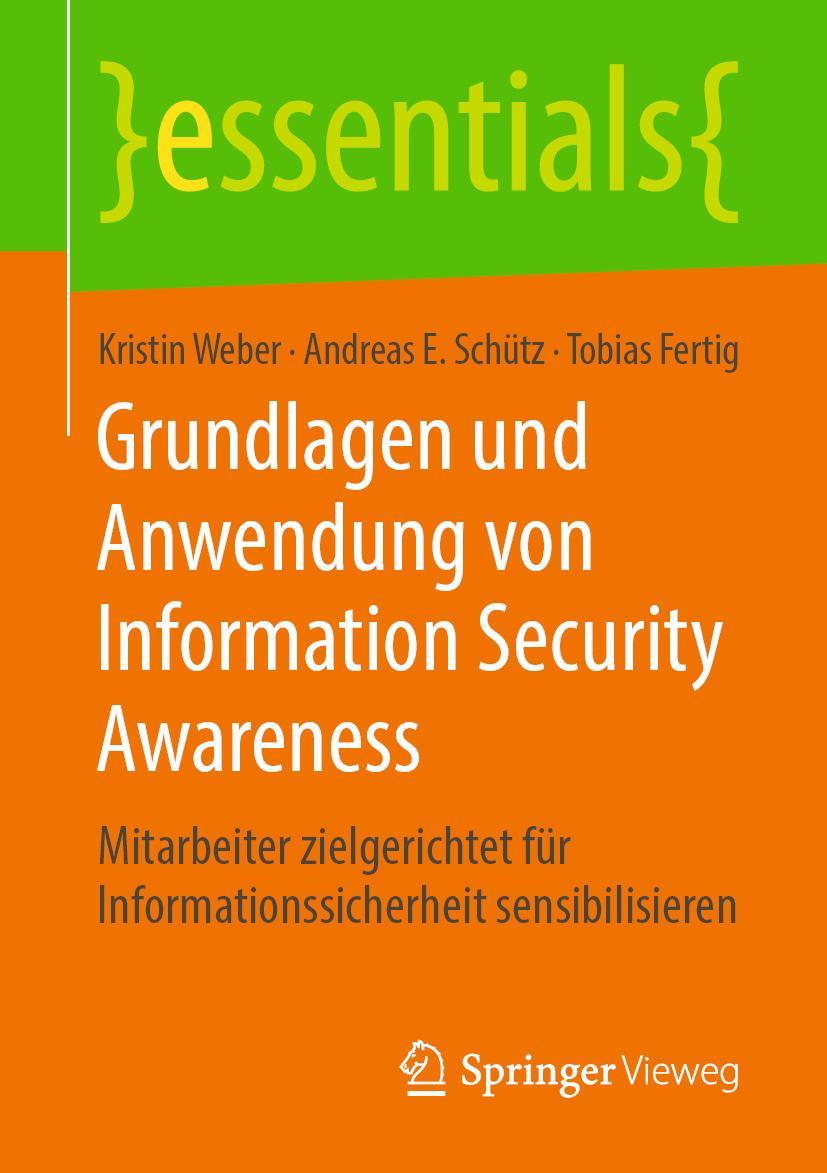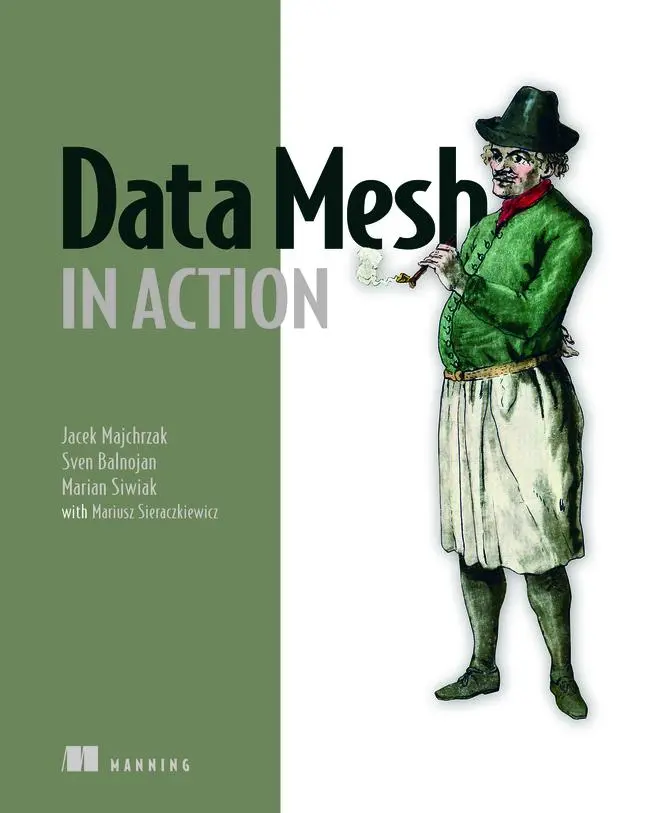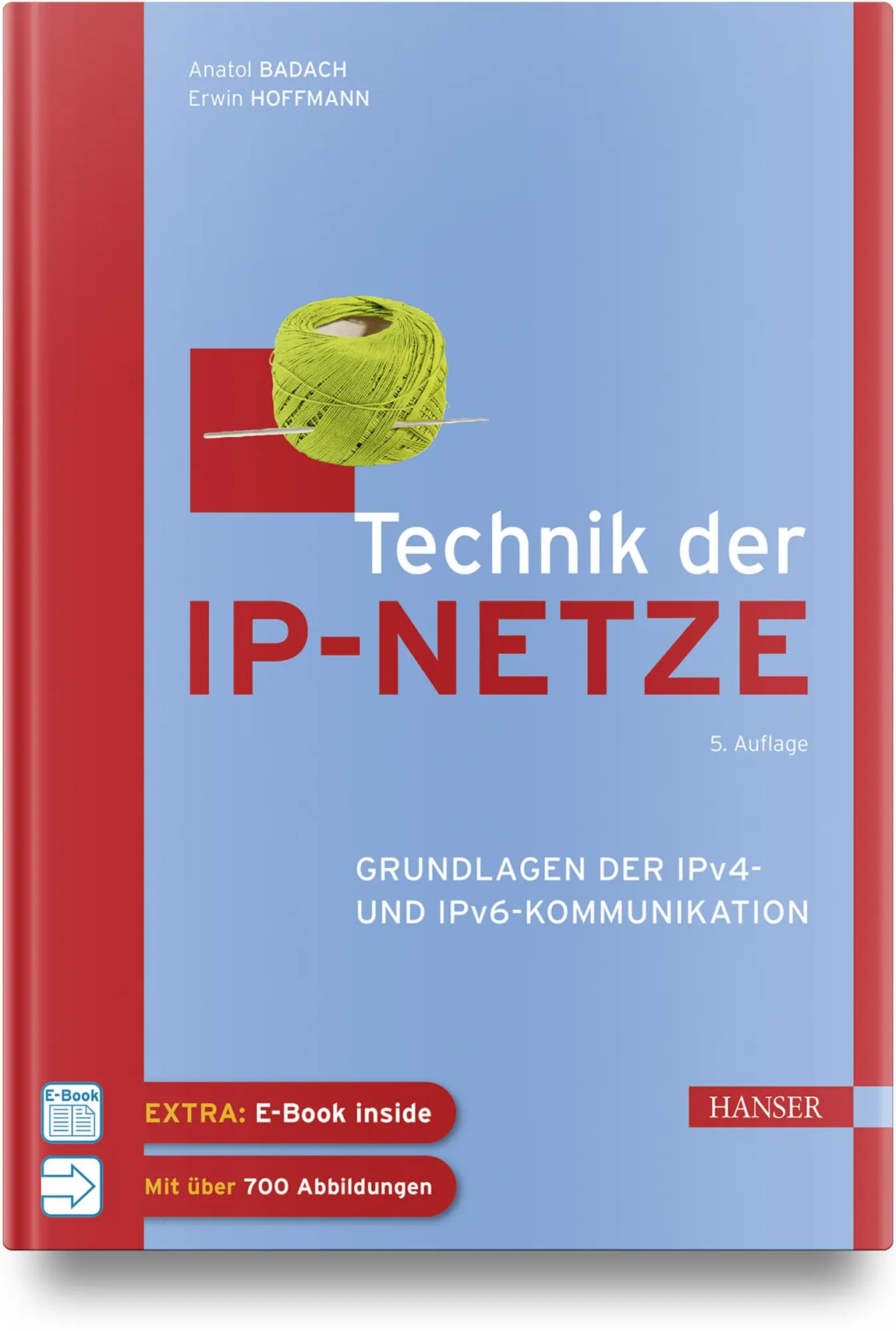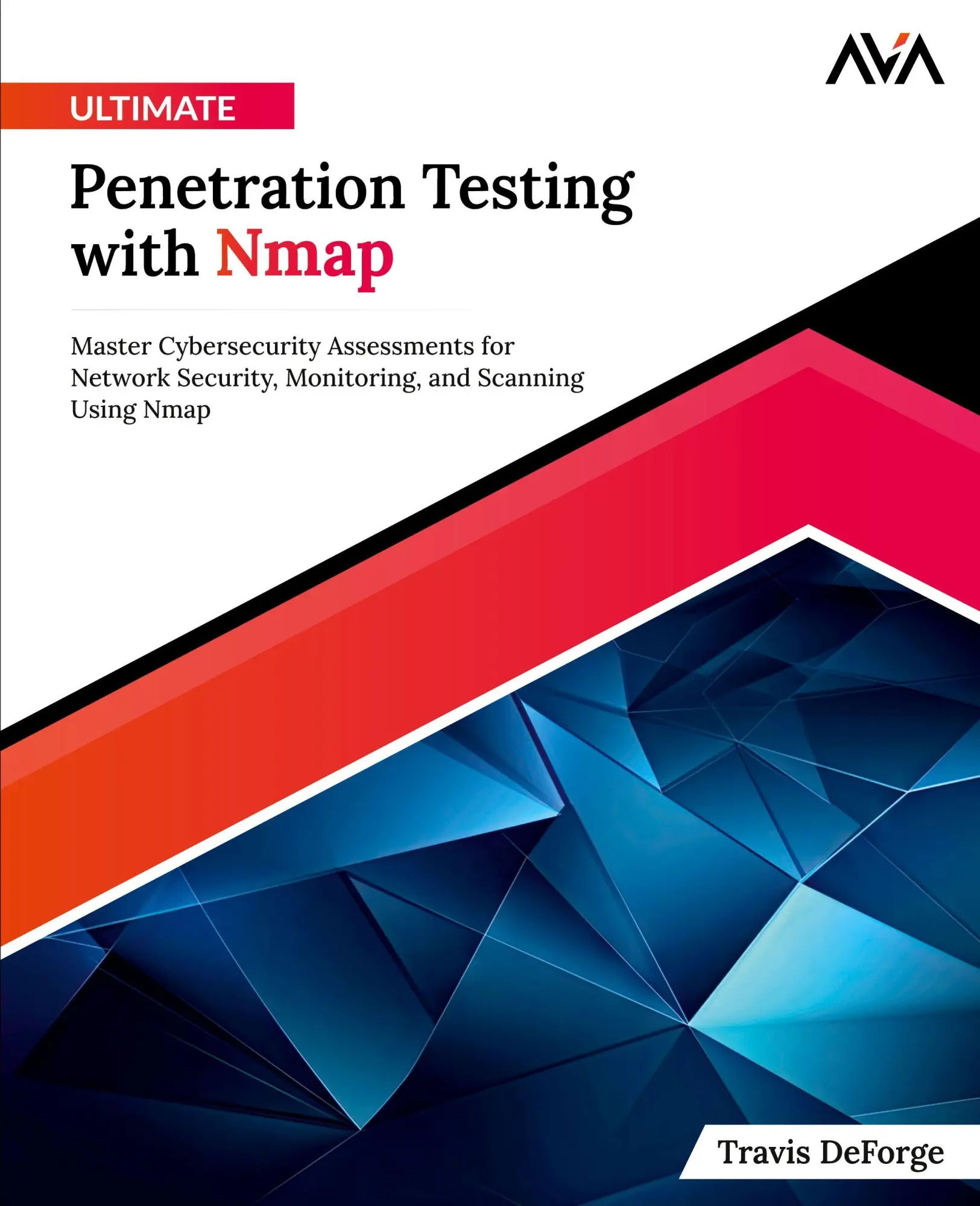Dekorationsartikel gehören nicht zum Leistungsumfang.
Sprache:
Englisch
42,45 €
Versandkostenfrei per Post / DHL
auf Lager, Lieferzeit 1-2 Werktage
Kategorien:
Beschreibung
The definitive guide to hacking the world of the Internet of Things (IoT) -- Internet connected devices such as medical devices, home assistants, smart home appliances and more.
Geared towards security researchers, IT teams, and penetration testers, application testers, developers, and IT administrators, this book teaches readers how to get started with hacking Internet connected devices. Readers dig deep into technical (and related legal) issues, as they learn what kinds of devices to use as hacking tools and which make the best targets. The authors, all experts in the field, cover the kinds of vulnerabilities found in IoT devices, explain how to exploit their network protocols, and how to leverage security flaws and certain hardware interfaces found in the physical devices themselves.
The book begins with threat modeling and a security testing methodology, then covers how to attack hardware interfaces such as UART, IᄇC, SPI, JTAG / SWD and IoT network protocols like UPnP, WS-Discovery, mDNS, DNS-SD, RTSP / RTCP / RTP, LoRa / LoRaWAN, Wi-Fi / Wi-Fi Direct, RFID / NFC, BLE, MQTT, CDP and DICOM. Examples throughout offer custom code designed to demonstrate specific vulnerabilities and tools to help readers reproduce the attacks. Practical IoT Hacking is full of practical exercises and hands-on examples taken from the authors' own research that teach readers things like how to bypass the authentication of an STM32F103 device (black pill) through SWD; reverse firmware; exploit zero-configuration networking; use low-cost equipment to capture LoRa network traffic; analyze IoT companion mobile apps, take over and remotely control an Android based treadmill, jam wireless devices such as home alarm systems, hijack Bluetooth Low Energy connections and how to circumvent modern RFID and NFC enabled smart door locks.
Geared towards security researchers, IT teams, and penetration testers, application testers, developers, and IT administrators, this book teaches readers how to get started with hacking Internet connected devices. Readers dig deep into technical (and related legal) issues, as they learn what kinds of devices to use as hacking tools and which make the best targets. The authors, all experts in the field, cover the kinds of vulnerabilities found in IoT devices, explain how to exploit their network protocols, and how to leverage security flaws and certain hardware interfaces found in the physical devices themselves.
The book begins with threat modeling and a security testing methodology, then covers how to attack hardware interfaces such as UART, IᄇC, SPI, JTAG / SWD and IoT network protocols like UPnP, WS-Discovery, mDNS, DNS-SD, RTSP / RTCP / RTP, LoRa / LoRaWAN, Wi-Fi / Wi-Fi Direct, RFID / NFC, BLE, MQTT, CDP and DICOM. Examples throughout offer custom code designed to demonstrate specific vulnerabilities and tools to help readers reproduce the attacks. Practical IoT Hacking is full of practical exercises and hands-on examples taken from the authors' own research that teach readers things like how to bypass the authentication of an STM32F103 device (black pill) through SWD; reverse firmware; exploit zero-configuration networking; use low-cost equipment to capture LoRa network traffic; analyze IoT companion mobile apps, take over and remotely control an Android based treadmill, jam wireless devices such as home alarm systems, hijack Bluetooth Low Energy connections and how to circumvent modern RFID and NFC enabled smart door locks.
The definitive guide to hacking the world of the Internet of Things (IoT) -- Internet connected devices such as medical devices, home assistants, smart home appliances and more.
Geared towards security researchers, IT teams, and penetration testers, application testers, developers, and IT administrators, this book teaches readers how to get started with hacking Internet connected devices. Readers dig deep into technical (and related legal) issues, as they learn what kinds of devices to use as hacking tools and which make the best targets. The authors, all experts in the field, cover the kinds of vulnerabilities found in IoT devices, explain how to exploit their network protocols, and how to leverage security flaws and certain hardware interfaces found in the physical devices themselves.
The book begins with threat modeling and a security testing methodology, then covers how to attack hardware interfaces such as UART, IᄇC, SPI, JTAG / SWD and IoT network protocols like UPnP, WS-Discovery, mDNS, DNS-SD, RTSP / RTCP / RTP, LoRa / LoRaWAN, Wi-Fi / Wi-Fi Direct, RFID / NFC, BLE, MQTT, CDP and DICOM. Examples throughout offer custom code designed to demonstrate specific vulnerabilities and tools to help readers reproduce the attacks. Practical IoT Hacking is full of practical exercises and hands-on examples taken from the authors' own research that teach readers things like how to bypass the authentication of an STM32F103 device (black pill) through SWD; reverse firmware; exploit zero-configuration networking; use low-cost equipment to capture LoRa network traffic; analyze IoT companion mobile apps, take over and remotely control an Android based treadmill, jam wireless devices such as home alarm systems, hijack Bluetooth Low Energy connections and how to circumvent modern RFID and NFC enabled smart door locks.
Geared towards security researchers, IT teams, and penetration testers, application testers, developers, and IT administrators, this book teaches readers how to get started with hacking Internet connected devices. Readers dig deep into technical (and related legal) issues, as they learn what kinds of devices to use as hacking tools and which make the best targets. The authors, all experts in the field, cover the kinds of vulnerabilities found in IoT devices, explain how to exploit their network protocols, and how to leverage security flaws and certain hardware interfaces found in the physical devices themselves.
The book begins with threat modeling and a security testing methodology, then covers how to attack hardware interfaces such as UART, IᄇC, SPI, JTAG / SWD and IoT network protocols like UPnP, WS-Discovery, mDNS, DNS-SD, RTSP / RTCP / RTP, LoRa / LoRaWAN, Wi-Fi / Wi-Fi Direct, RFID / NFC, BLE, MQTT, CDP and DICOM. Examples throughout offer custom code designed to demonstrate specific vulnerabilities and tools to help readers reproduce the attacks. Practical IoT Hacking is full of practical exercises and hands-on examples taken from the authors' own research that teach readers things like how to bypass the authentication of an STM32F103 device (black pill) through SWD; reverse firmware; exploit zero-configuration networking; use low-cost equipment to capture LoRa network traffic; analyze IoT companion mobile apps, take over and remotely control an Android based treadmill, jam wireless devices such as home alarm systems, hijack Bluetooth Low Energy connections and how to circumvent modern RFID and NFC enabled smart door locks.
Über den Autor
Fotios Chantzis, Evangel Deirme, Ioannis Stais, Paulino Calderon, Beau Woods
Inhaltsverzeichnis
Preface
Foreword
Part One: The IoT Threat Landscape
Chapter 1: The IoT Security World
Chapter 2: Threat Modeling
Chapter 3: A Security Testing Methodology
Part Two: Network Hacking
Chapter 4: Network Assessments
Chapter 5: Analyzing Network Protocols
Chapter 6: Exploiting Zero-configuration Networking
Part Three: Hardware HackingChapter 7: UART, JTAG, and SWD Exploitation
Chapter 8: Hacking SPI and I2C
Chapter 9: Firmware Hacking
Part Four: Radio Hacking
Chapter 10: Abusing RFID
Chapter 11: Exploiting Bluetooth Low Energy
Chapter 12: Wi-Fi Hacking
Chapter 13: Exploiting LPWAN
Part Five: Targeting the IoT Ecosystem
Chapter 14: Attacking Mobile Applications
Chapter 15: Hacking the “Smart” Home
Appendix A: Tools for IoT Hacking
Foreword
Part One: The IoT Threat Landscape
Chapter 1: The IoT Security World
Chapter 2: Threat Modeling
Chapter 3: A Security Testing Methodology
Part Two: Network Hacking
Chapter 4: Network Assessments
Chapter 5: Analyzing Network Protocols
Chapter 6: Exploiting Zero-configuration Networking
Part Three: Hardware HackingChapter 7: UART, JTAG, and SWD Exploitation
Chapter 8: Hacking SPI and I2C
Chapter 9: Firmware Hacking
Part Four: Radio Hacking
Chapter 10: Abusing RFID
Chapter 11: Exploiting Bluetooth Low Energy
Chapter 12: Wi-Fi Hacking
Chapter 13: Exploiting LPWAN
Part Five: Targeting the IoT Ecosystem
Chapter 14: Attacking Mobile Applications
Chapter 15: Hacking the “Smart” Home
Appendix A: Tools for IoT Hacking
Details
| Erscheinungsjahr: | 2021 |
|---|---|
| Fachbereich: | Datenkommunikation, Netze & Mailboxen |
| Genre: | Importe, Informatik |
| Rubrik: | Naturwissenschaften & Technik |
| Medium: | Taschenbuch |
| Inhalt: | Einband - flex.(Paperback) |
| ISBN-13: | 9781718500907 |
| ISBN-10: | 1718500904 |
| Sprache: | Englisch |
| Einband: | Kartoniert / Broschiert |
| Autor: |
Chantzis, Fotios
Stais, Ioannis Calderon, Paulino Deirmentzoglou, Evangelos Woods, Beau |
| Hersteller: |
Random House LLC US
No Starch Press |
| Verantwortliche Person für die EU: | Springer Fachmedien Wiesbaden GmbH, Postfach:15 46, D-65189 Wiesbaden, info@bod.de |
| Maße: | 238 x 183 x 32 mm |
| Von/Mit: | Fotios Chantzis (u. a.) |
| Erscheinungsdatum: | 09.04.2021 |
| Gewicht: | 0,911 kg |

